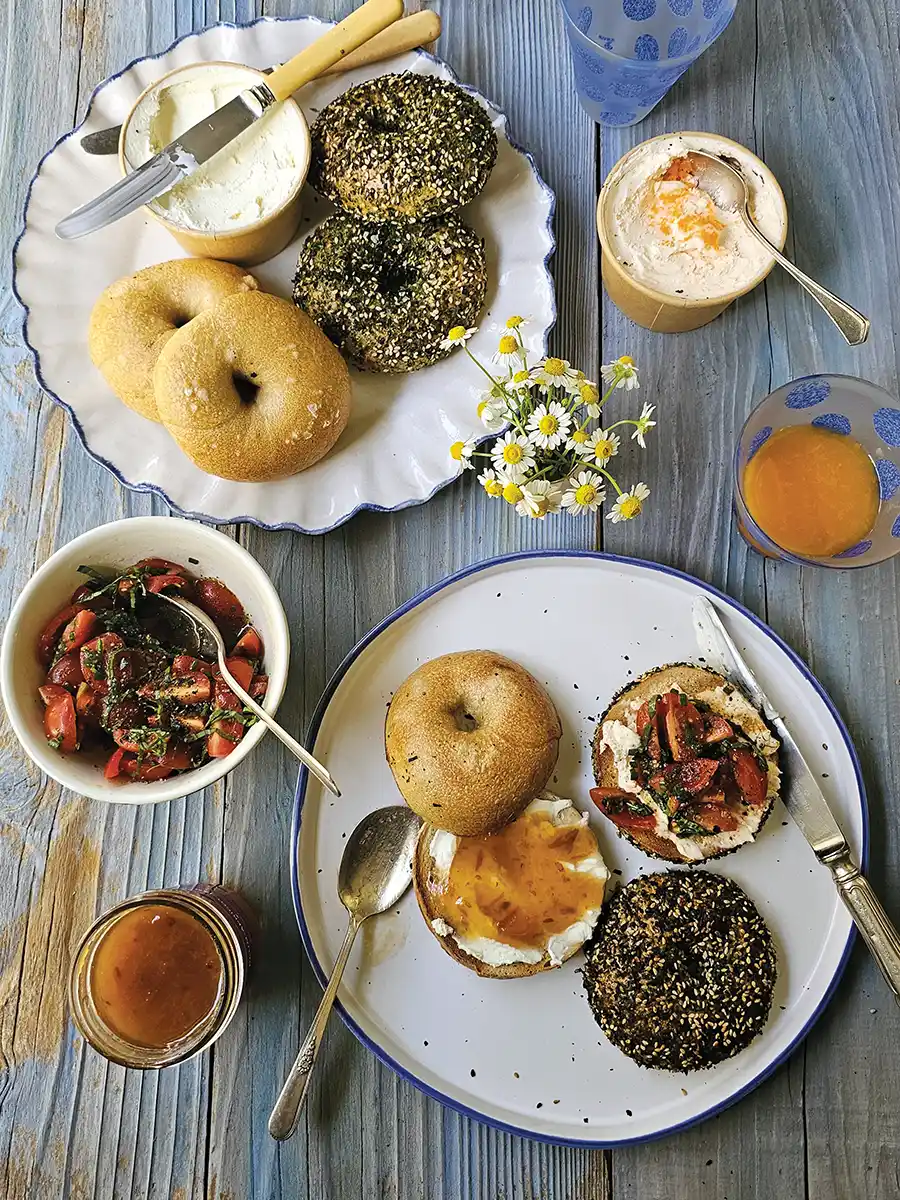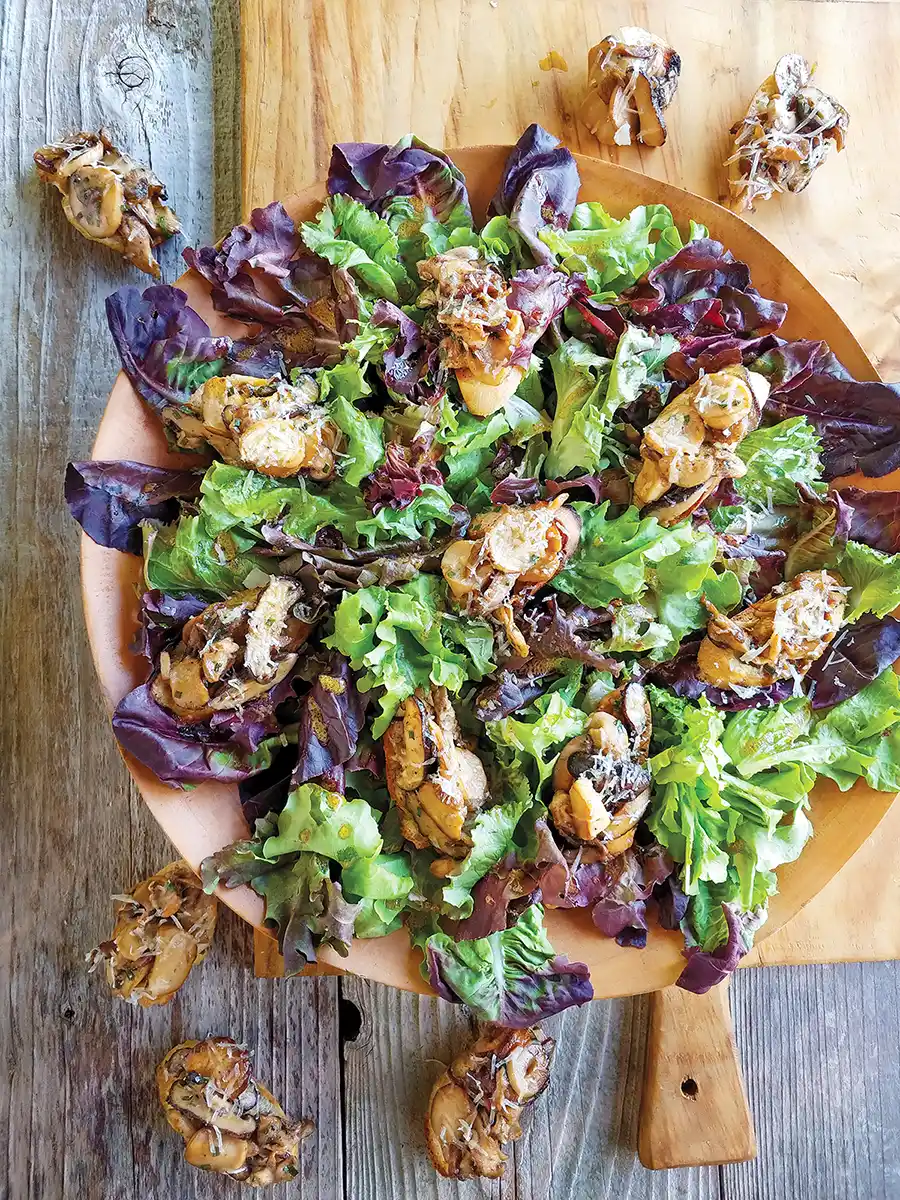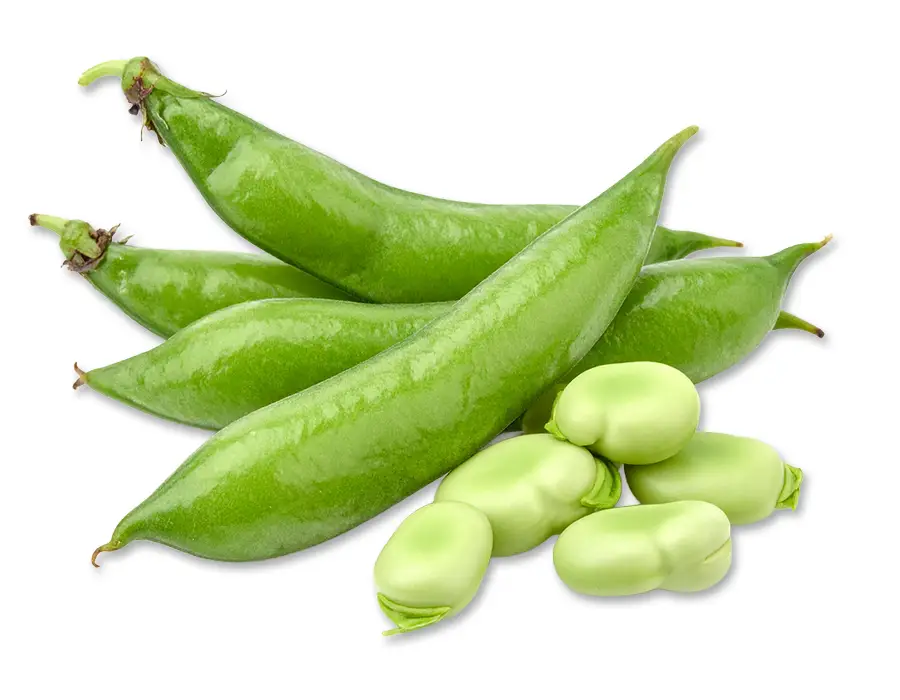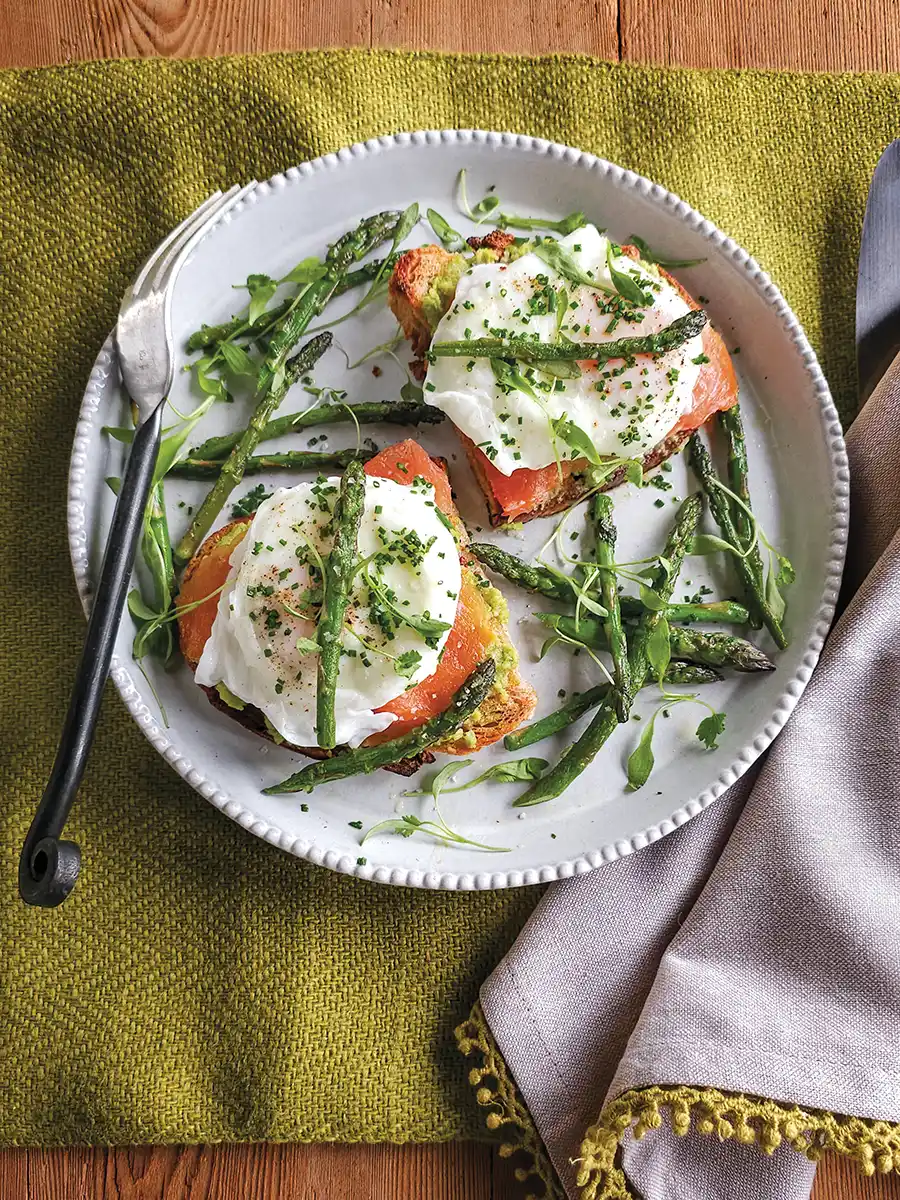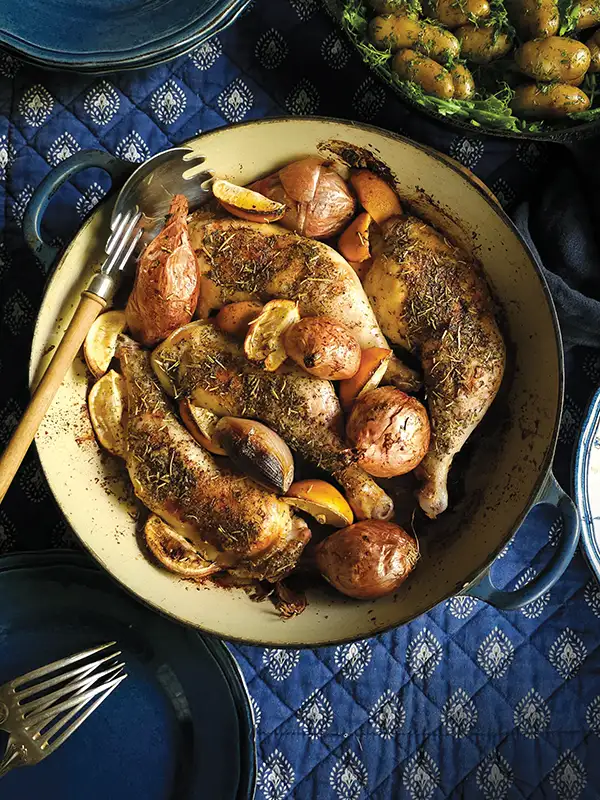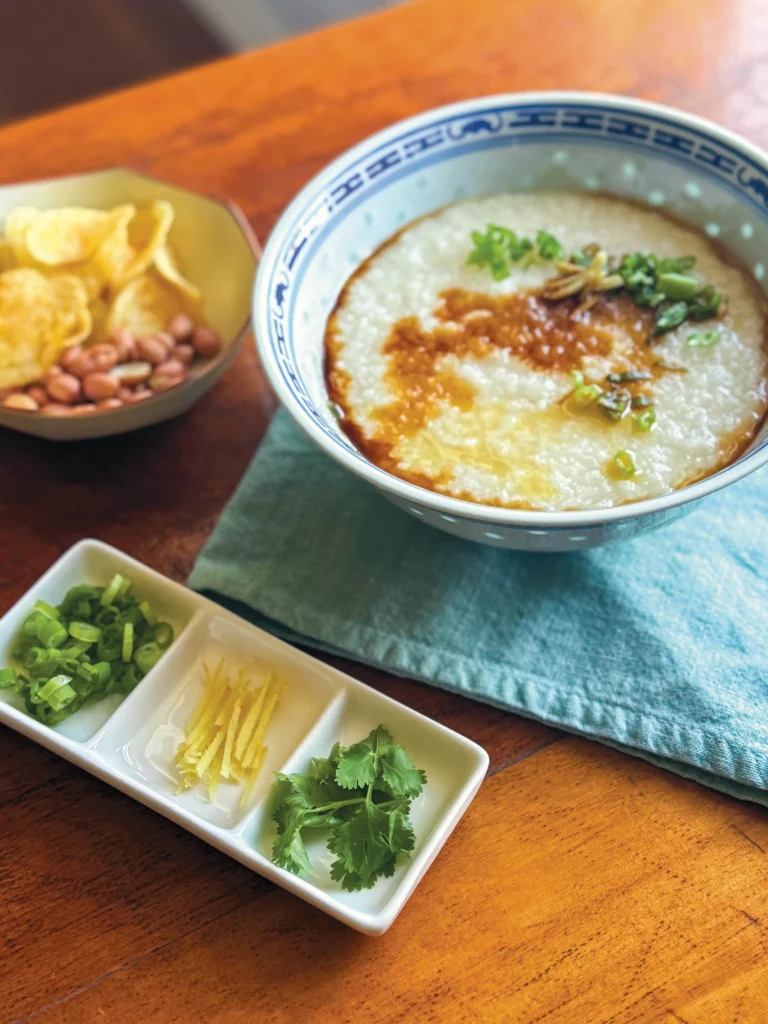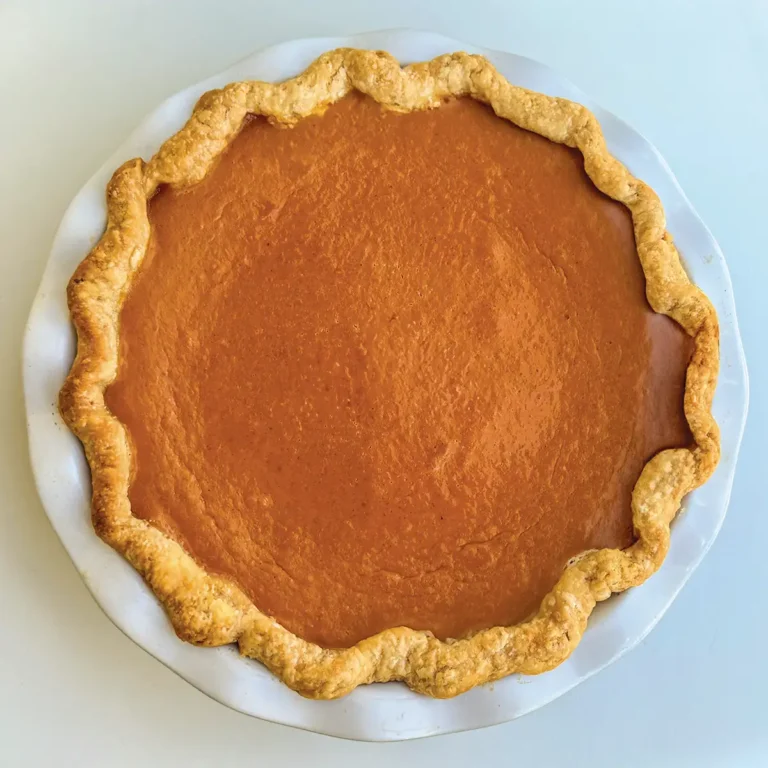The Germ of an Idea
Flour, Water, Salt and a Blooming Good Time!
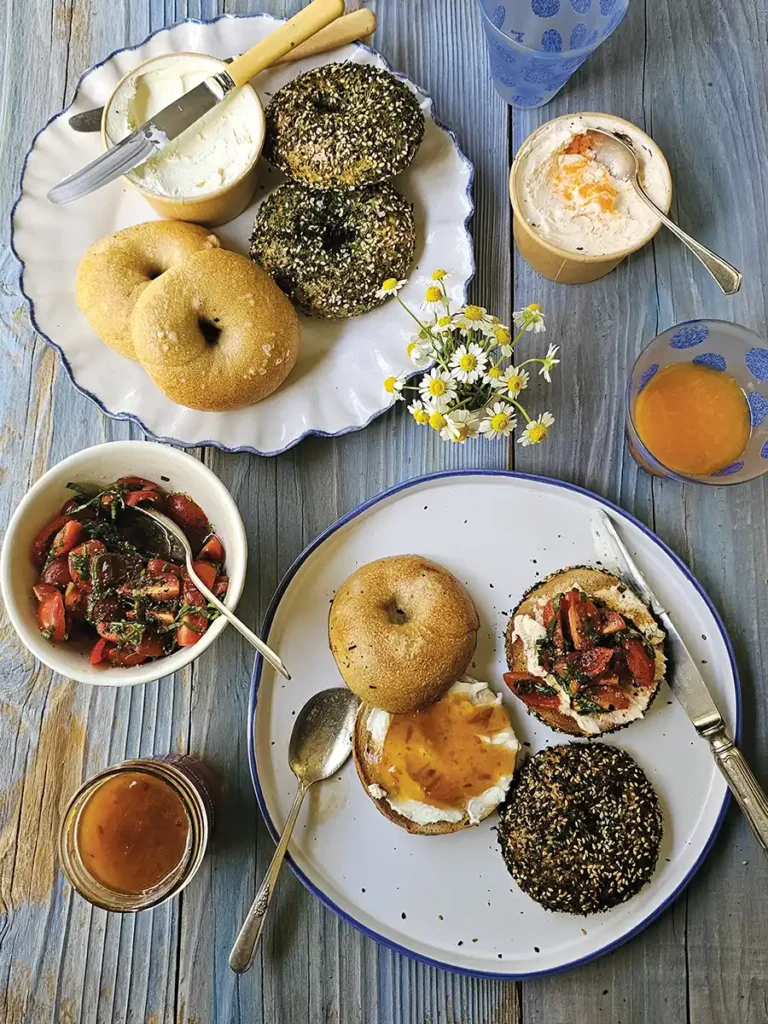
“The smell of good bread baking, like the sound of lightly flowing water, is indescribable in its evocation of innocence and delight,” said M.F.K. Fisher. That smell is intoxicating. My children can attest to my near obsession with it.
“It’s that smell!” I once cried triumphantly to my young children, rushing them up the narrow, cobbled Provencal street towards a little boulangerie. The tantalizing, yeasty aroma of fresh bread infused the warm summer air, drifting in tantalizing currents, beckoning passersby into the spotless bakery.
“Can you smell it?” I asked as we stepped up into the shop. I stood, eyes closed, inhaling deeply. The children thought I’d gone slightly mad. “Mum, mum, are you OK?” asked my daughter. Given the quizzical look on the owner’s face, I’m sure she was asking herself the same question.
“Madame?” she asked, pointing towards the baguette- and pain au levain–filled shelves. I had momentarily traveled back at warp speed (memories do that to you), back to one of my earliest childhood memories. The smell of freshly baked bread is imprinted in my very being like an olfactory time stamp.
I’m perhaps 3 or 4; I’m holding someone’s hand—my mother’s or grandmother’s—standing in a bakery; it’s a definitive image, albeit one with the most tantalizing, seductive scent. I regained my composure and bought bread.
“You’ll remember this moment,” I told my children as we walked away. They were skeptical, as only children can be.
So, what is it about bread that is just so seductive? Why do so many artisan bread makers go into trance-like reveries as they wax poetic about all things bread? How is it that simple grain can be so transformative? Bill Buford, the American writer and author of Dirt: Adventures in Lyon as a Chef in Training, Father, and Sleuth Looking for the Secret of French Cooking, has the most apropos explanation in his video filming Yves Richard, a renowned artisan bread maker in Lyon:
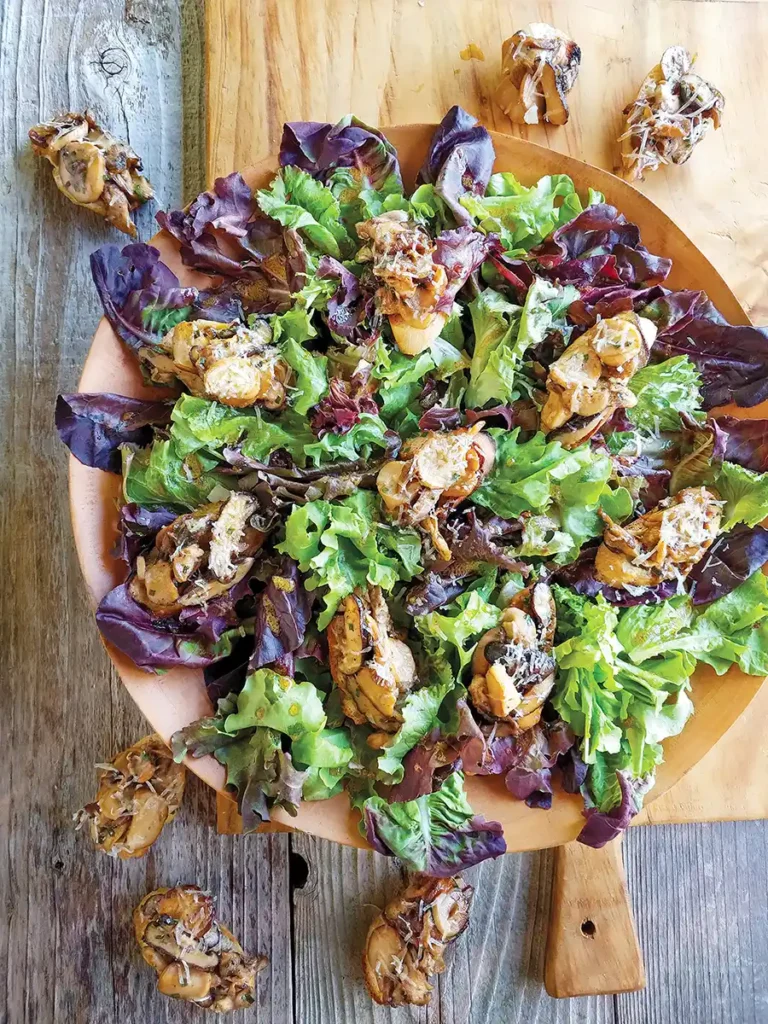
“Is wheat the most poetic ingredient on earth?” he asks. “Grind up any other grain, add water; you get porridge. Grind up wheat, add water; metamorphosis!” he enthuses, then adds, “It becomes stretchy, push it, pull it, it’s sticky, glutens are forming. The Chinese call it the muscle of flour…” His fervor for bread matches the intensity with which Yves bakes. I’m mesmerized every time I watch the video. There’s so much passion!
I have come to understand this passion. Fifteen or so years ago, I unexpectedly embarked on a sourdough adventure. I had baked bread before but never sourdough. I became slightly obsessed after an informative hands-on tutorial from my friend John, whose sourdough bread and pizzas are legendary. After we baked together, he gave me THE most precious gift—a jar with some of his decades-old starter. This was a gift of time, of history, and the transmission of know-how from the creative hands of one person, one family, to another. It is hard for me to describe how life-transforming this jar filled with two simple ingredients—flour and water—has been!
Chad Robertson, master baker and owner of Tartine Bakery in San Francisco, spoke about the unique chemistry of those ingredients in a video about bread baking: “Bread, to me, is a mixture of flour and water that is transformed into something through the course of fermentation that transcends the simplicity of those basic ingredients.”
Bakers I’ve spoken with talk about bread as an extension of themselves, the place they reside, and creating something that has soul. Part of the charm and seduction of bread making is that you start with a blank canvas each day, working with and adjusting to the elements around you, such as the ambient temperature and humidity that affect every loaf you make. For me, making bread is grounding, nurturing, calming and deeply, deeply satisfying.
There is, for instance, a magical moment when you add the salt, which transforms the shaggy, sticky mixture into a smooth, elastic dough. This alchemy takes place in less than 30 seconds and this metamorphosis makes me smile every time.
Once I started baking, I couldn’t stop myself. I baked dozens and dozens of loaves on a weekly basis, giving most of it to friends to get their feedback. Is the crumb airy enough? What is the flavor like? Is the crust crunchy? Too hard? Too soft? After months of experimentation, successes and failures, doughs that failed to rise, doughs that were over-proofed, and testing different flours and fillings, I felt I had finally nailed the technique and started teaching other people how to make sourdough.
To this day, this is one of my favorite classes to teach. It is not just satisfying for me, but as I watch each participant ooh and ahh as the seductive aroma of baking bread fills the kitchen and their faces light up when the first loaves are pulled from the oven, I know that it is satisfying for them, too. Better yet, when students send me photos of the bread they have baked at home, I am chuffed to bits that their baking journey has bloomed.
Just as I had been given a starter when I first embarked on my sourdough journey, I give each participant a jar of my starter to take home at the end of every workshop. That starter contains traces of the past 15 years in my kitchen and that of the starter it was nurtured from.
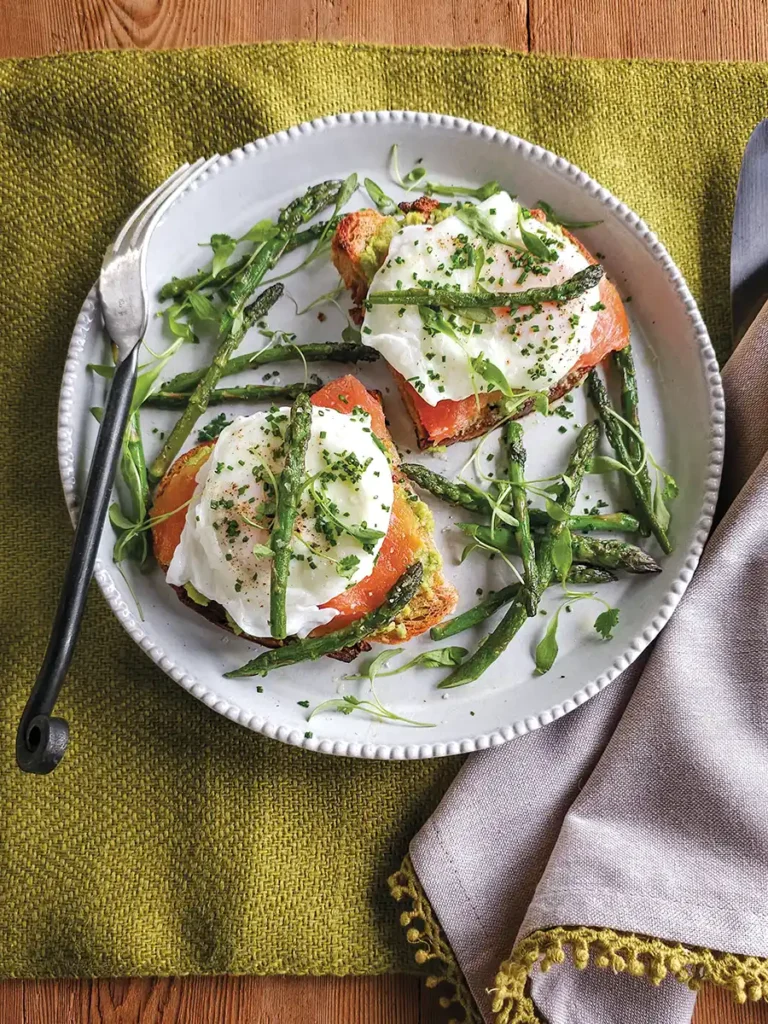
This lively, microbial, organic history has been passed on to everyone who has shared the bread and continued the breadmaking tradition here in Santa Barbara and now in towns across the country, in 15 states by my last count, as its custodians have traveled home. I treasure the sense of continuity that blooms from each gram of the Mothership. Yes, I named my starter. People do! There’s even a Reddit discussion about starter names, underscoring just how attached people are to theirs, from the comical Herculyeast to the musical Doughlene.
Barnaby Draper at Santa Barbara Hives named his Madre Mia. “Mother,” in one form or another, is prevalent among bakers, no doubt cultivated by the burgeoning nature of the product starters produce. Barnaby is one of the people who, after taking the bread workshop, was bitten by the sourdough bug to such an extent that he went on to launch his own sourdough menu, including an excellent charcoal sourdough bread and pizzas in his honey-filled shop in Carpinteria.
Jennifer Gonzales-Neely, co-owner and baker at Mother Dough Bagels, also started part of her sourdough journey in my kitchen. After months and months of perfecting her bagel recipe, she launched her business to wild acclaim, with people lining up for hours to sample her sourdough bagels. Her starter, by the way, is called Rocky. I was (and still am) tickled pink; all this from a jar of flour and water! As famed Parisian baker Lionel Poilane said, “Bread deals with living things, with giving life, with growth, with the seed, the grain that nurtures. It’s no coincidence that we say bread is the staff of life.”
After numerous conversations with bread bakers worldwide, I concluded that just the aroma (let alone the taste) of freshly baked bread elicits an almost Pavlovian response, one that is almost universally linked to a cherished childhood memory.
My daughter proved that point. Years after I had pulled her reluctantly into that little boulangerie, she came rushing into the kitchen one Sunday morning, rubbing sleep out of her eyes, shouting excitedly, “Mum, it’s THAT smell!”
I laughed as we reminisced about our travels, the different breads we had tasted, and our favorite bakeries. The conversation made us hungry. “What’s for breakfast?” she asked.
“The bread has to cool, and then I’m making poached eggs for brunch,” I replied, eternally grateful for that transformative gift of flour and water long ago.
